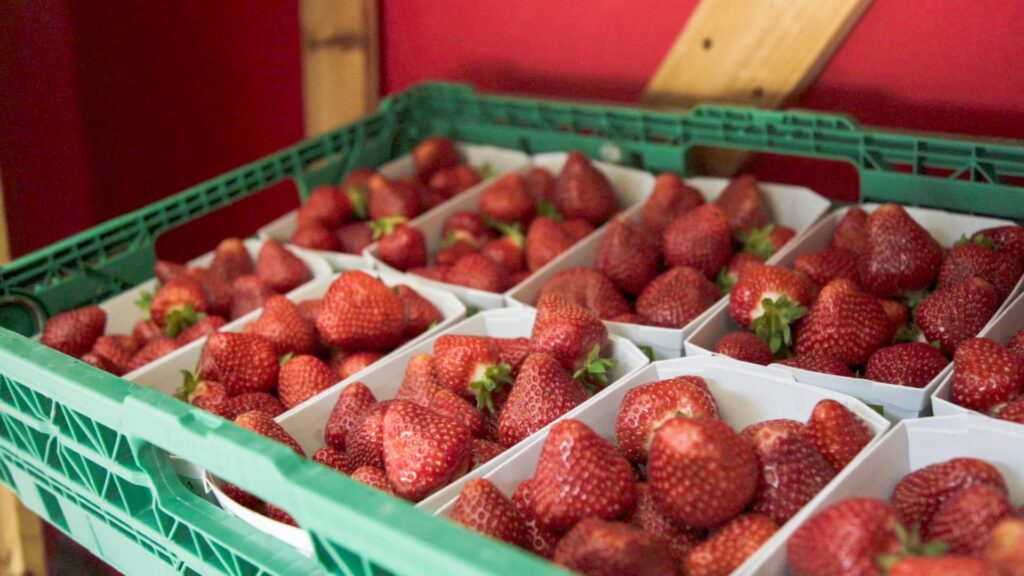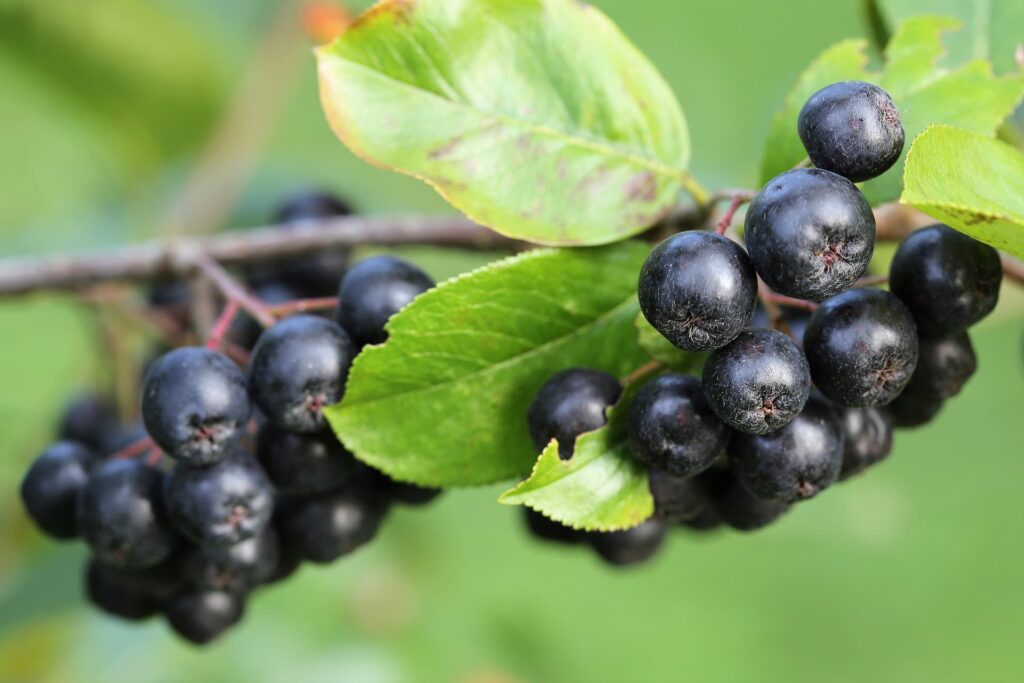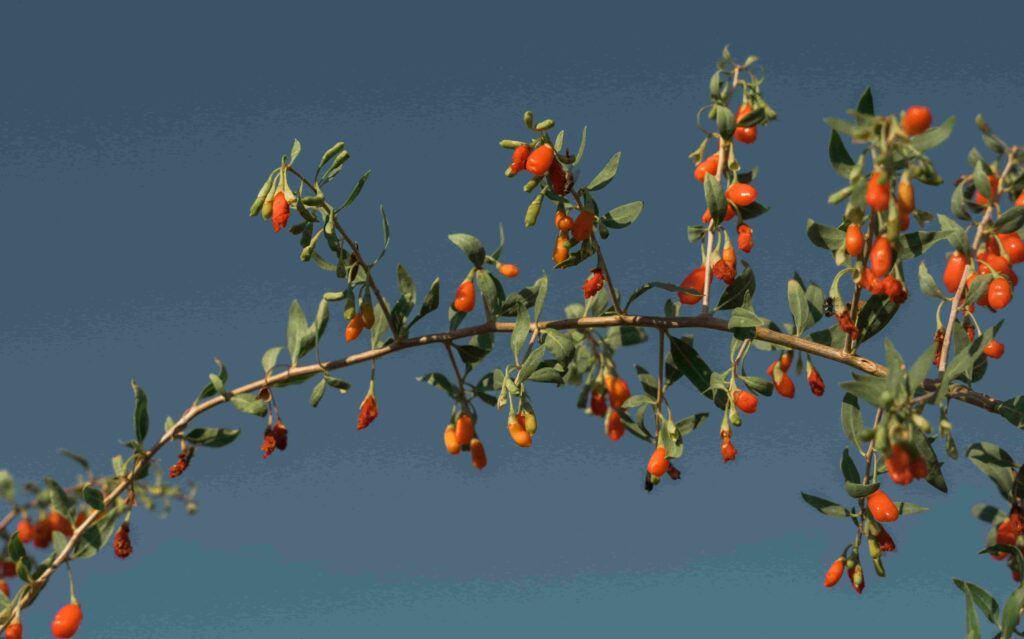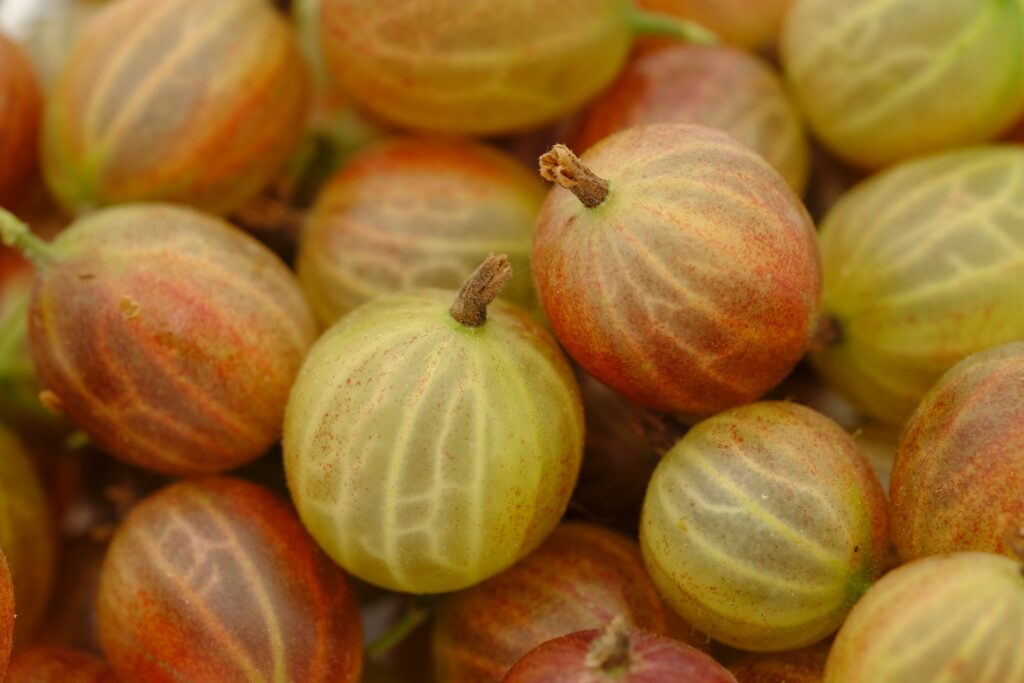
Berries – the superfood from Switzerland
Superfoods are foods that are renowned for being good for our health. After all, they are rich in nutrients, minerals, antioxidants and vitamins. However, these superfoods are often imported to Switzerland from far away lands. Local alternatives usually require fewer resources such as water, fertiliser and energy, meaning that their environmental footprint is smaller. What is more, the local economy is also supported.
“Superfoods from South America? There are local superfoods too”.
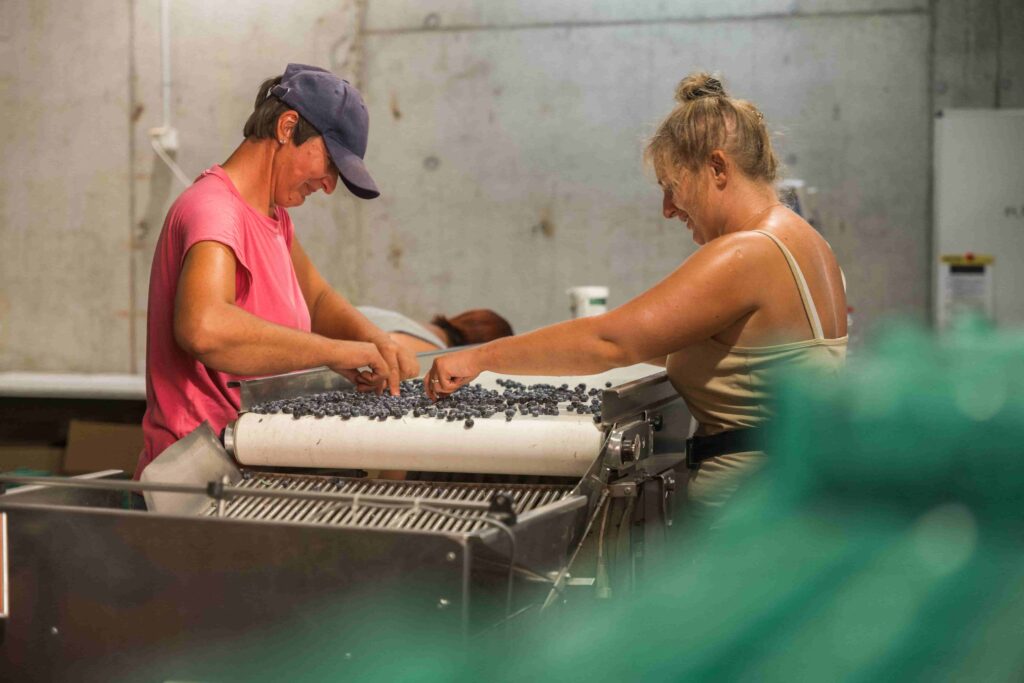
Berries from Switzerland
We are Simon and Christoph Räss, and we run a berry and fruit farm in Benken in the canton of Zurich. We only started this venture around ten years ago: our parents had previously practised arable farming, focussing on potatoes, and had also kept cattle in a shared stable.
At that time, Christoph’s girlfriend was working in a berry processing plant. This sparked our interest in the idea of “Swiss-grown berries” and we were all instantly enthusiastic about the idea.
What attracted us was that many berries were still uncommon in Switzerland. This meant we would have to figure out and experiment with a lot on our own. It provided us with the opportunity to be trailblazers in this area, be innovative and start something genuinely new.
“Local superfoods require fewer resources such as water, fertiliser and energy”.
A full range of table berries
We got the ball rolling with processing berries like blackcurrants, chokeberries and redcurrants, which we harvested mechanically. Various processing companies use them to make juices, concentrates and dried fruit. At the time, this market was relatively untapped, so it seemed sensible for us to enter it: the requirements are not quite as high as for table berries that are sold fresh.
Today, between April and October, we offer a full range of familiar berries: strawberries, raspberries, blackberries, blueberries, blackcurrants, redcurrants, chokeberries and goji berries. We also grow niche varieties, including sea buckthorn, gooseberries, serviceberries and honeyberries.
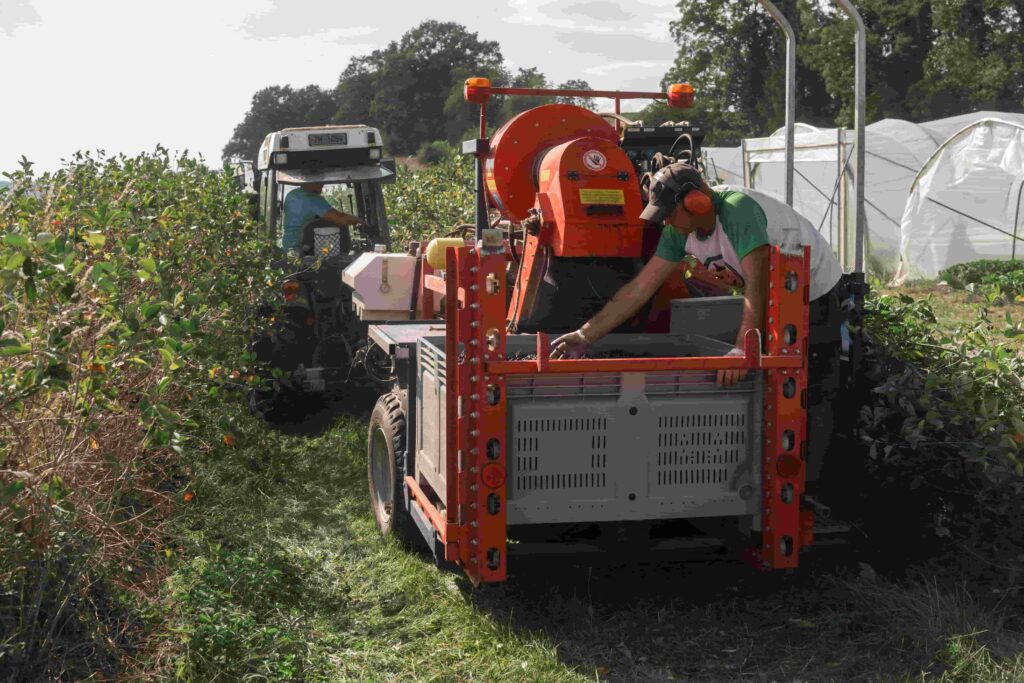
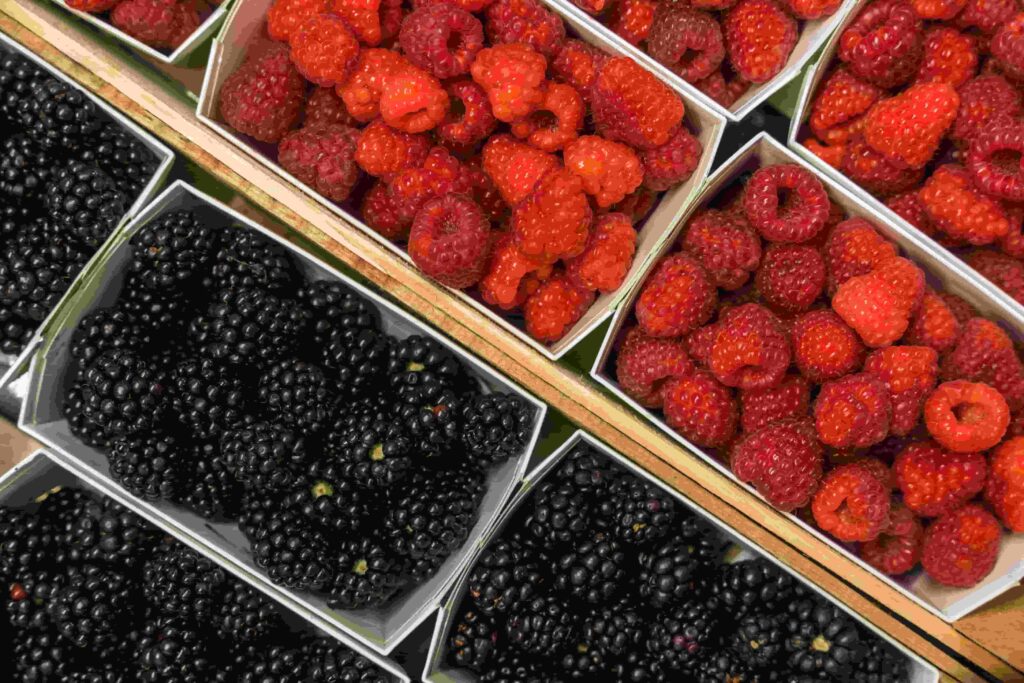
Simply healthy!
Our body needs certain amounts of various nutrients, minerals and vitamins if it is to function well and stay healthy. Antioxidants are substances that boost stress resistance and enhance both our health and life expectancy. We therefore refer to foods that boast particularly high levels of these ingredients as superfoods.
Dark berries such as blueberries and blackberries are especially notable for their antioxidants and dietary fibres. Sea buckthorn likewise falls under this category and also provides a lot of vitamin C. Raspberries and redcurrants stand out thanks to their vitamin C and beta-carotene levels. The latter acts as an antioxidant and can be converted into vitamin A1 in the body.
“Our body needs sufficient nutrients, minerals, vitamins and antioxidants – berries are an excellent way to meet these needs”.
Wunderbeeren
High Swiss prices
Swiss products usually go hand in hand with Swiss prices, meaning they tend to be more expensive than imports from abroad. Surprisingly, however, this hasn’t been much of an issue for us. For our organic-conscious farm shop customers, organic quality and Swiss origin are important. However, even large customers appreciate the advantages offered by local production: they know us, are familiar with where our berries grow and thus simply feel “more connected”.
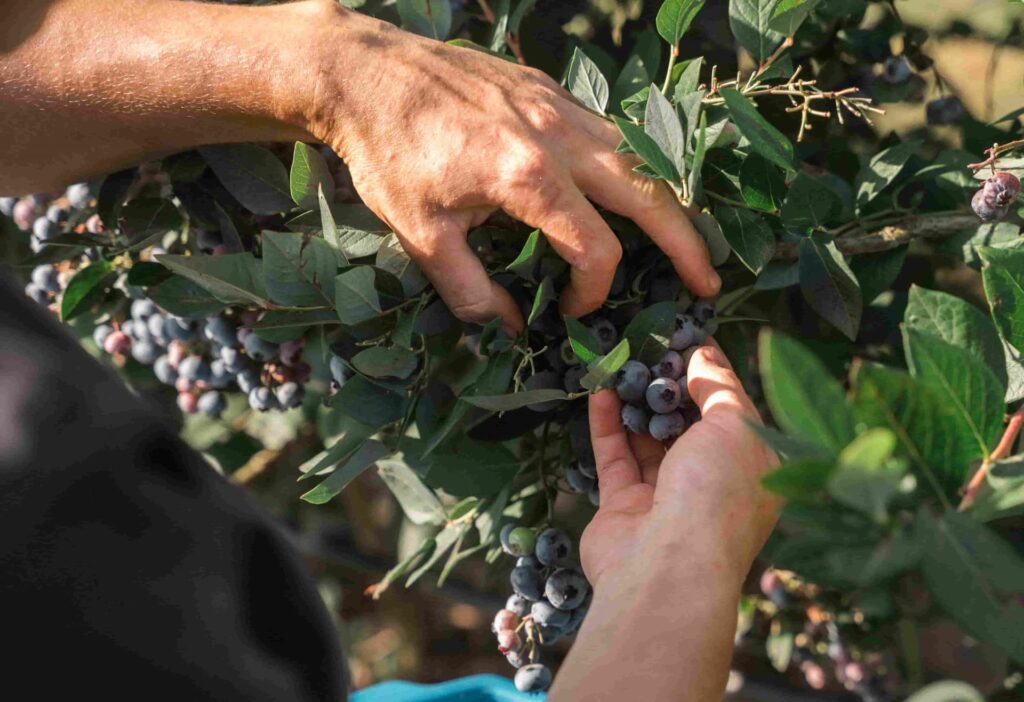
Goji berries and serviceberries present challenges
We reinvest our earnings from ongoing operations back into the business, meaning that we can’t actually afford to make many mistakes. We therefore are extremely careful to make sure we leave no stone unturned when introducing a new berry. Nevertheless, not everything went to plan right away. For example, we had to scale down our goji berry production and reorganise how we cultivate our serviceberries.
Pests and weather
As climate change progresses, weather conditions are tending to become increasingly unstable. It is therefore important that we protect our fruit and berry crops well. We are still in the process of installing nets everywhere to protect our crops from hail.
We are also worried about certain pests, particularly the cherry vinegar fly, which likes to lay its eggs in dark fruits, making them taste of vinegar and rendering them inedible. The Japanese beetle has now also migrated to Ticino from Italy. Despite these hurdles, however, we remain optimistic about the future.
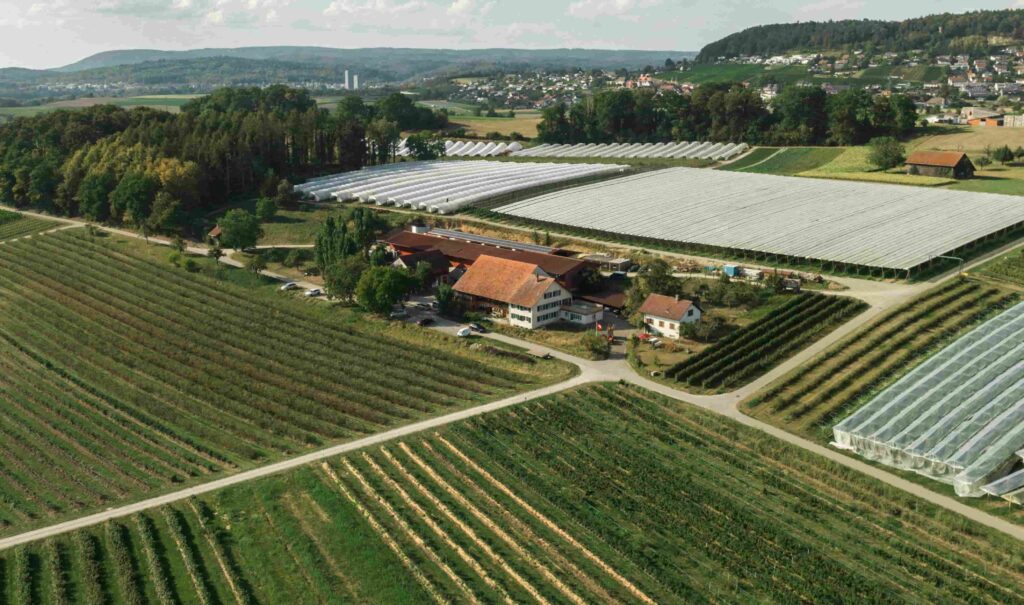
“Climate change means that we have to protect our crops against pests and hail”.

Healthy eating
Healthy eating is a current trend, and we expect it to continue. It is important to us that local foods gain more attention. Imported berries are often not produced in line with Swiss standards and are sometimes even contaminated with pesticides. We believe that a healthy diet also includes organically produced food.
“Healthy eating includes local foods”.
Other farm activities
In addition to berries, we also cultivate grapes, especially fungus-resistant varieties (FRGs) that require fewer pesticides. We also grow plums, apples, pears, quinces and cherries. In winter, we harvest plant materials for the pharmaceutical industry.
